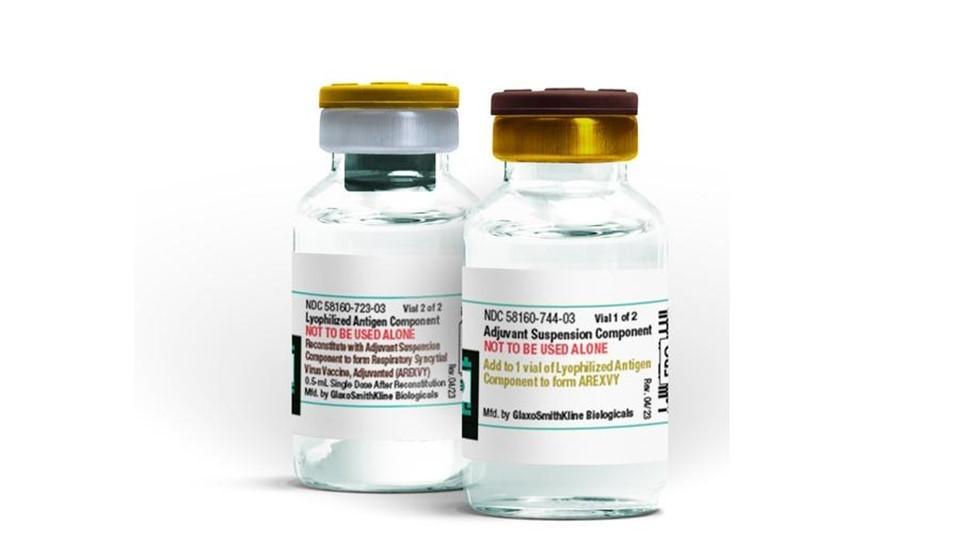The mesenchymal stem cell’s superpower: Hacking the TME

One of the biggest roadblocks in oncology is hiding in plain sight: the tumour’s ability to manipulate its own environment to evade immune attack. While immunotherapies have been revolutionary, their effectiveness is often crippled by the tumour microenvironment (TME), which acts as a biochemical force field protecting cancer cells. Many therapies that seem to be ineffective may, in fact, be effective were we able to “soften” the TME, allowing the treatments to break through and reach the tumour.
What if we could reprogramme the TME itself? Cutting-edge research suggests that engineered mesenchymal stem cells (MSCs) could disrupt this shield – targeting tumours in a way that finally allows cancer treatments to do their job.
Combatting cancer with MSC 'superpowers'
MSCs are multipotent stromal cells that are well-known for their ability to migrate – or home – to and infiltrate into the TME. MSCs find tumours by reading signals released by cancer cells, including cytokines, chemokines, and hypoxia signals. They can be modified to boost immune responses against the cancer, as well as to carry chemotherapy and immunotherapy directly to the tumour.
While MSCs carry this homing "superpower", there are challenges with MSCs in combatting cancer. MSCs have limited expansion potential, which makes them unscalable. They can also undergo ageing and loss of function over time – especially when coming from older donors – reducing their effectiveness. Under certain conditions, some MSCs can even have the opposite desired effect and support tumour growth instead of suppressing it.
The answer to these challenges lies in another stem cell: induced pluripotent stem cells (iPSCs) – a type of stem cell that can be reprogrammed from adult cells to become nearly any cell type in the body. Transforming iPSCs to induced MSCs (iMSCs) provides many benefits in antitumour therapies.
First, iPSCs can be expanded indefinitely and reprogrammed into iMSCs, providing a more consistent and scalable source for therapeutic applications. Additionally, iMSCs often exhibit stronger proliferation and immunomodulatory effects compared to primary MSCs, making them potentially more effective for cancer therapies. Some studies suggest that iMSCs may have a higher homing ability to tumours compared to traditional MSCs, improving the targeted delivery of therapies.
When iMSCs are derived from iPSCs, they can be generated in a more "youthful" state, bypassing the age-related limitations of adult MSCs. iPSCs are also easier to genetically modify than primary MSCs. This means that researchers can engineer iPSCs to express specific anti-cancer factors before differentiating them into iMSCs, leading to more precise and potent therapies.
Some MSCs have been found to support tumour growth under certain conditions, however. By reprogramming iPSCs into iMSCs, researchers can better control their properties, ensuring they function only as anti-cancer agents, rather than unintentionally aiding tumour progression. Furthermore, since iMSCs can be derived from genetically controlled iPSC lines, they can be standardised for off-the-shelf allogeneic therapies, avoiding the variability seen with MSCs derived from different donors.
iMSCs derived from iPSCs provide a more controllable, scalable, and effective alternative to primary MSCs. Creating a standardised, synthetic, and allogeneic iMSC line ensures a controlled, reproducible product that can overcome challenges experienced with traditional MSC therapies.
Since iMSCs naturally home to tumours, they can be engineered as drug delivery vehicles to specifically target cancer cells. They can selectively deliver potent immunostimulatory factors into the TME with the goal of “softening” it.
Cytokines and enhancing anti-tumour immunity
MSCs can be programmed to express specific cytokines that are crucial in modulating the immune response within the TME. These cytokines can be tailored to enhance anti-tumour immunity, promote immune cell recruitment, and inhibit tumour progression. By modifying MSCs to express specific cytokines, they can be further optimised as therapeutic agents that not only deliver drugs, but also actively participate in reshaping the immune landscape to favor tumour destruction.
Different cytokines have varying therapeutic benefits. For example, cytokines IL-7 and IL-15 are known to stimulate the survival, proliferation, and activation of immune cells. iMSCs that are reprogrammed to express these cytokines in the TME can create anti-cancer immunity. iMSCs enable a localised, controlled release of the cytokines, helping to prevent systemic exposure and negative side effects.
IL-7 is a crucial cytokine for T-cell survival and homeostasis, playing a pivotal role in enhancing anti-tumour immunity. IL-7 strengthens the immune system’s ability to recognise and attack cancer cells. Additionally, the cytokine enhances T-cell receptor signalling, amplifying the responsiveness of T-cells to tumour-associated antigens. A key challenge in the TME is T-cell exhaustion, where prolonged exposure to cancer antigens leads to a dysfunctional immune response. IL-7 helps reverse T-cell exhaustion, restoring the ability of T-cells to sustain an effective attack against tumours. As a result, IL-7 has shown promise as a therapeutic agent in combination with checkpoint inhibitors and other immunotherapies, helping to overcome immune suppression and improve patient outcomes.
IL-15 is a potent immune-stimulating cytokine that drives the expansion and activation of cytotoxic CD8+ T-cells and natural killer cells, both of which are critical for attacking cancer cells. Unlike IL-2, which can promote regulatory T-cell (Treg) expansion and suppress immune responses, IL-15 avoids this immunosuppressive effect, making it a superior candidate for cancer immunotherapy. Additionally, IL-15 supports the persistence of memory T-cells, ensuring long-term immune surveillance that can prevent tumour recurrence. This is especially critical in cancers with high recurrence rates like ovarian cancer, for example. This cytokine also enhances dendritic cell T-cell cross-talk, further strengthening the body’s anti-tumour response. IL-15-based therapies are being explored as monotherapies and combination treatments to enhance efficacy.
These are examples of cytokines that shift the TME from immunosuppressive to immunostimulatory, turning the tumour from “cold” to “hot” and promoting sustained immune attacks on cancer cells.
The evolution of cell therapy is pushing the boundaries of what’s possible in cancer treatment. The ability to engineer iMSCs as precise, scalable, and programmable therapeutic agents represents a paradigm shift – one that could finally overcome the barriers imposed by the TME. When programmed and engineered appropriately, iMSCs carry great “superpowers” in breaking through defenses and treating cancer.
iMSC-based therapies have the potential to revolutionise oncology. What was once a nearly impenetrable shield may soon become a gateway for breakthrough treatments – bringing us one step closer to a world where cancer is not just treated, but truly defeated.
About the author
 Sanjeev Luther is president and CEO of Ernexa Therapeutics and a member of the Board of Directors. Luther is a seasoned pharmaceutical executive with over 30 years in leadership roles at organisations including Cornerstone Pharmaceuticals, Bristol-Myers Squibb, Novartis, Bausch and Lomb, and GE Healthcare.
Sanjeev Luther is president and CEO of Ernexa Therapeutics and a member of the Board of Directors. Luther is a seasoned pharmaceutical executive with over 30 years in leadership roles at organisations including Cornerstone Pharmaceuticals, Bristol-Myers Squibb, Novartis, Bausch and Lomb, and GE Healthcare.












